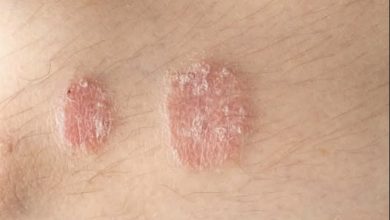Is it safe to put toilet brush in dishwasher?

Maintaining cleanliness and hygiene in the household, especially in the bathroom, is essential for overall well-being. Among the various tools used for this purpose, the toilet brush plays a crucial role. However, concerns arise regarding its cleanliness, leading to questions about whether it’s safe to clean a toilet brush in the dishwasher. In this article, we’ll delve into the intricacies of this practice and provide alternative methods for ensuring a hygienic environment in your home.
ADVERTISEMENT
Understanding the Risks
ADVERTISEMENT
- Cross-contamination: Placing a toilet brush in the dishwasher poses the risk of cross-contamination. Dishwashers are primarily designed to clean kitchenware that comes into contact with food. Introducing a toilet brush into this environment could potentially spread harmful bacteria to plates, utensils, and cooking equipment.
- Ineffectiveness: Dishwashers may not reach the high temperatures required to effectively kill all the bacteria present on a toilet brush. While hot water and detergent are effective against typical food residue, they might not eradicate all pathogens found in fecal matter.
- Damage to the appliance and brush: Toilet brushes are typically made of materials that may not withstand the harsh environment inside a dishwasher. The heat and intense water pressure could deform the brush or damage the appliance’s internal components.
Alternative Cleaning Methods
ADVERTISEMENT
- Bleach Solution: One of the most effective ways to disinfect a toilet brush is by soaking it in a bleach solution (1 part bleach to 6 parts water) for an hour. After soaking, thoroughly rinse the brush and allow it to dry completely.
- Hydrogen Peroxide: Hydrogen peroxide, a household disinfectant, can be used similarly to bleach. Soak the brush in hydrogen peroxide and then rinse it well before drying.
- Vinegar and Baking Soda: For a more natural approach, soak the brush in a mixture of vinegar and baking soda to disinfect and remove odors. Follow this with a thorough rinse.
Guidelines for Toilet Brush Care
- Ensure Proper Drying: After each use, allow the toilet brush to dry completely before returning it to its holder. Moist environments promote bacterial growth, so proper drying is essential.
- Regular Cleaning and Disinfection: Clean and disinfect the toilet brush regularly using one of the alternative methods mentioned above. This helps prevent the buildup of bacteria and ensures continued effectiveness.
- Replace When Necessary: Regularly inspect the toilet brush for signs of wear and tear. Replace it at intervals or if it shows signs of damage to maintain optimal hygiene.
In conclusion, while the dishwasher may seem like a convenient option for cleaning a toilet brush, it poses risks of cross-contamination, ineffectiveness, and potential damage. Instead, opt for alternative cleaning methods such as bleach solution, hydrogen peroxide, or vinegar and baking soda. By following proper care guidelines and regular maintenance, you can ensure that your toilet brush remains a reliable tool for maintaining cleanliness in your bathroom.




